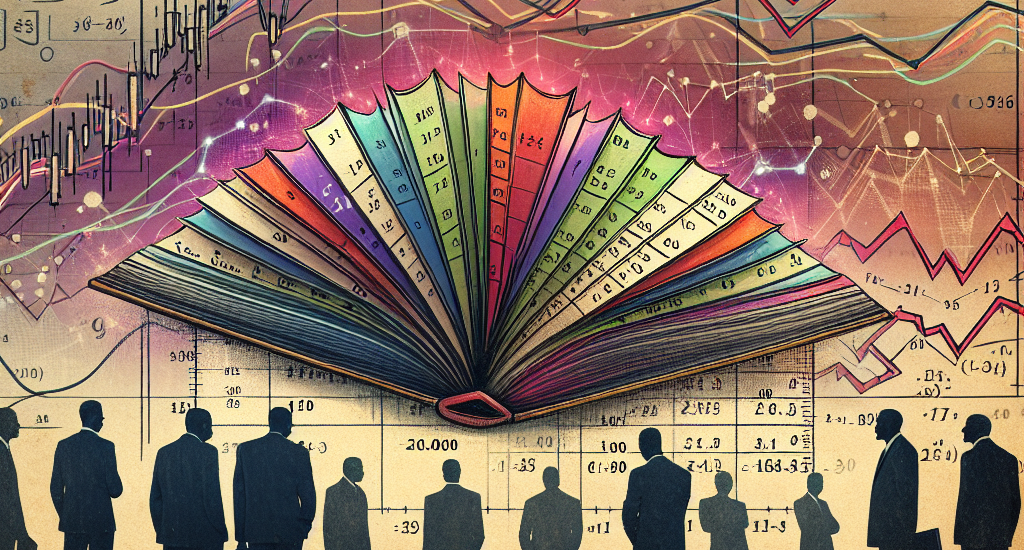The Mathematics Behind Bookmaking: Understanding Odds and Probabilities
Ever wondered why bookmakers always seem to have the upper hand? It all boils down to the mathematics behind the scenes. Bookmaking isn’t just about predicting outcomes; it’s about calculating odds and probabilities to ensure the house always wins—well, almost always. In this article, we will dive deep into the mathematical principles that govern bookmaking, the different types of odds, and how you can make smarter bets. Don’t worry; we’ll keep it light and sprinkle in a few laughs along the way!
The Basics of Odds and Probabilities
To kick things off, let’s understand what odds are. Simply put, odds represent the probability of a certain event happening. They are expressed in different formats: fractional, decimal, and American. As you might imagine, each format has its quirks. And yes, they can be as confusing as a cat trying to understand a Rubik’s Cube.
- Fractional Odds: Common in the UK, these odds are expressed as fractions. For example, 5/1 means that for every 1 unit you bet, you will win 5 units if the event occurs.
- Decimal Odds: Popular in Europe and Australia, these are the simplest to understand. A 6.00 odd means for every 1 unit you bet, you get 6 units in return, including your initial stake.
- American Odds: Mostly used in the US, these can be positive or negative. A +500 odd means you win 500 for every 100 bet, whereas a -300 odd means you need to bet 300 to win 100.
Now that we’ve deciphered the hieroglyphics of odds, let’s move on to probabilities.
Calculating Probabilities
Behind every odd is a probability. The formula for calculating probabilities from decimal odds is straightforward:
Probability (%) = 1 / Decimal Odds * 100
For example, if the decimal odds are 4.00, the probability calculation would be:
Probability = 1 / 4.00 * 100 = 25%
Bookmakers use this information to adjust odds based on how much is being bet on a particular outcome. They aim to balance the books so that they make a profit regardless of the outcome.
The Bookmakers’ Margin
Bookmakers aren’t in the business of charity. They include a margin, known as ‘the overround,’ to ensure they make a profit. The total percentage probabilities of all possible outcomes usually sum to more than 100%. This extra percentage represents the bookmaker’s margin. Imagine attending a fair where every game seems just a tad rigged—same principle!
Suppose you have three possible outcomes with decimal odds of 2.00, 3.00, and 4.00. The probabilities would be:
- Outcome 1: 50%
- Outcome 2: 33.33%
- Outcome 3: 25%
The total is 108.33%, meaning the bookmaker’s margin is 8.33%. This margin ensures the bookmaker will make a profit over the long run, even if they occasionally have to pay out on winning bets.
Sports Betting and Beyond
Whether you’re placing bets on football, horse racing, or even competitive cheese rolling, understanding these concepts can make a world of difference. Speaking of sports, if you’re looking for the latest sports updates, you might want to check out some popular sports Telegram channels. These channels provide real-time updates, analysis, and even betting tips that could give you the edge.
Making Smarter Bets
Understanding the mathematics behind bookmaking puts you in a better position to make smarter bets. Follow these tips:
- Do Your Research: The more you know about the sport, the teams, and the conditions, the better your chances.
- Compare Odds: Different bookmakers offer different odds. Shop around to find the best value.
- Manage Your Bankroll: Never bet more than you can afford to lose. Consider each bet a calculated risk.
By understanding odds and probabilities, you’ll not only become a more knowledgeable bettor but also gain a newfound appreciation for the intricate mathematics that ensure the house almost always wins. Now, go forth and bet wisely—or at least impress your friends with your newfound knowledge! Just don’t let it go to your head, or you might start calculating the probability of your lunch order being correct.
